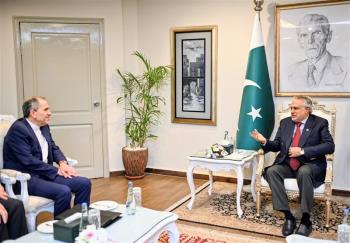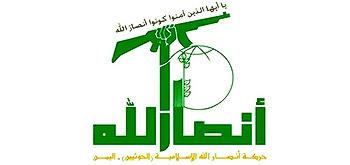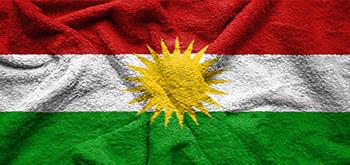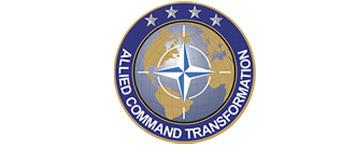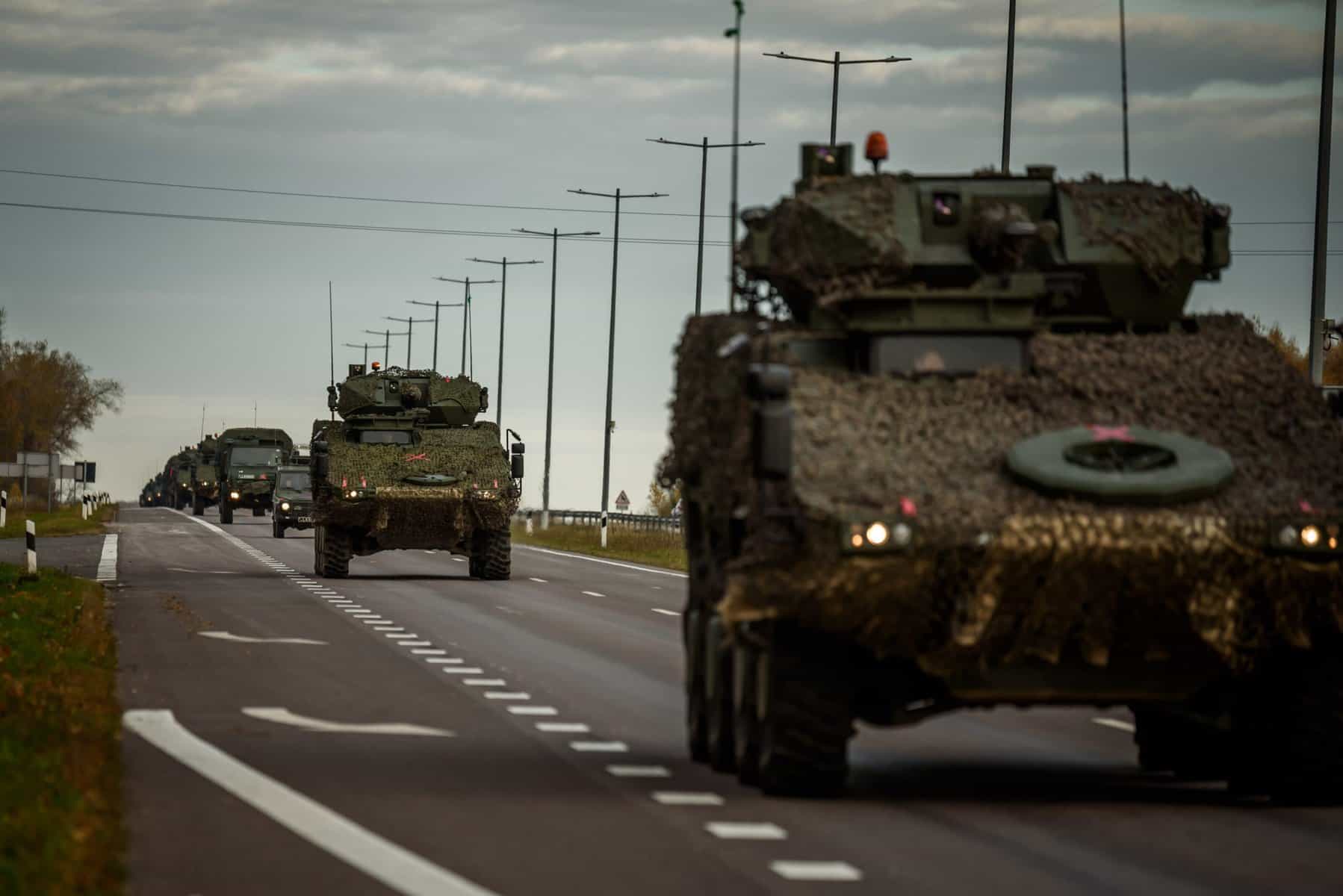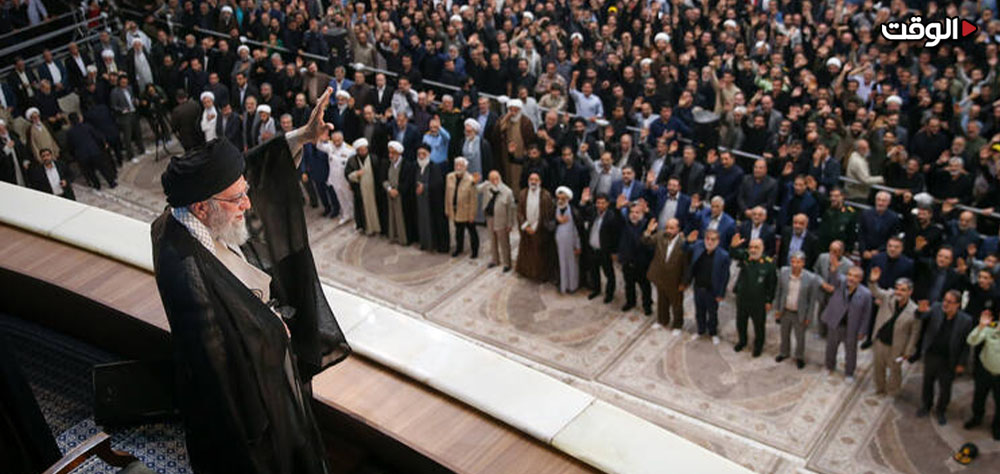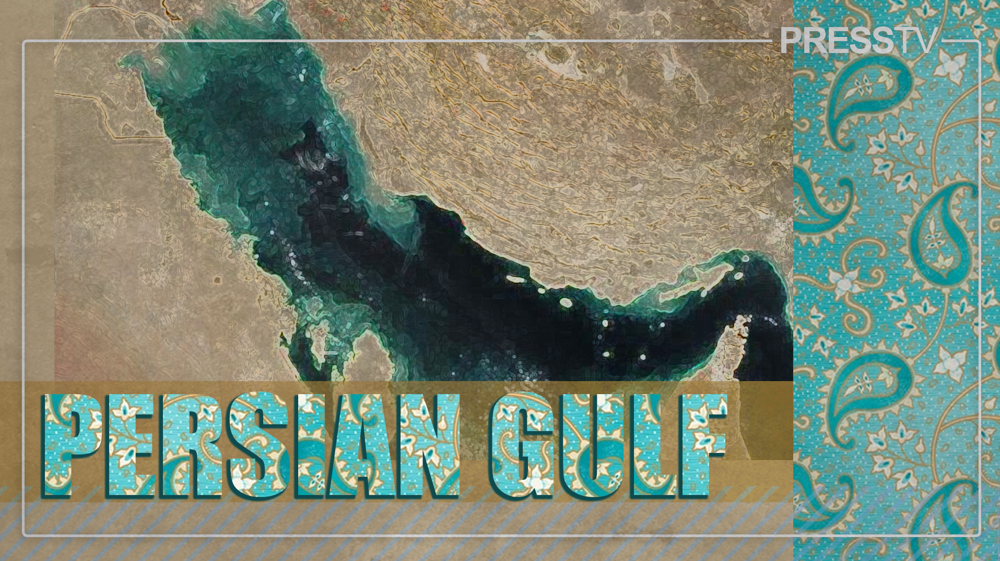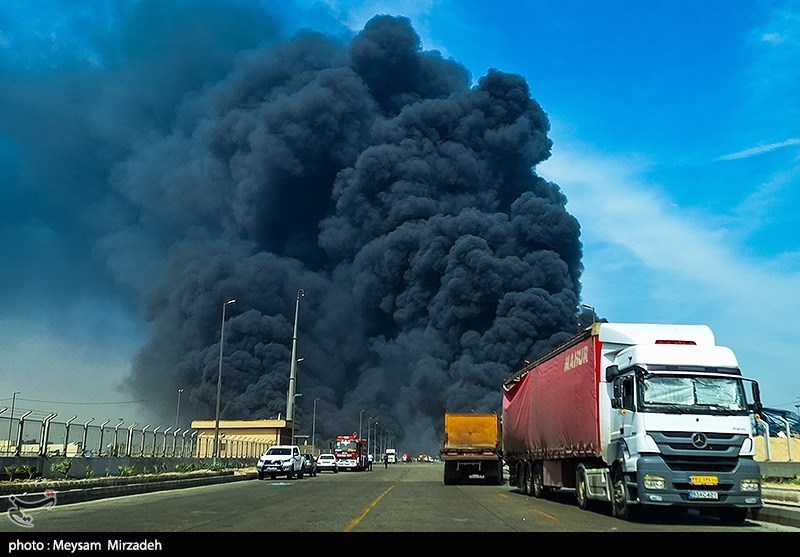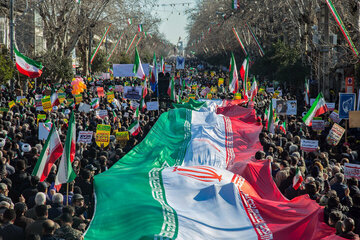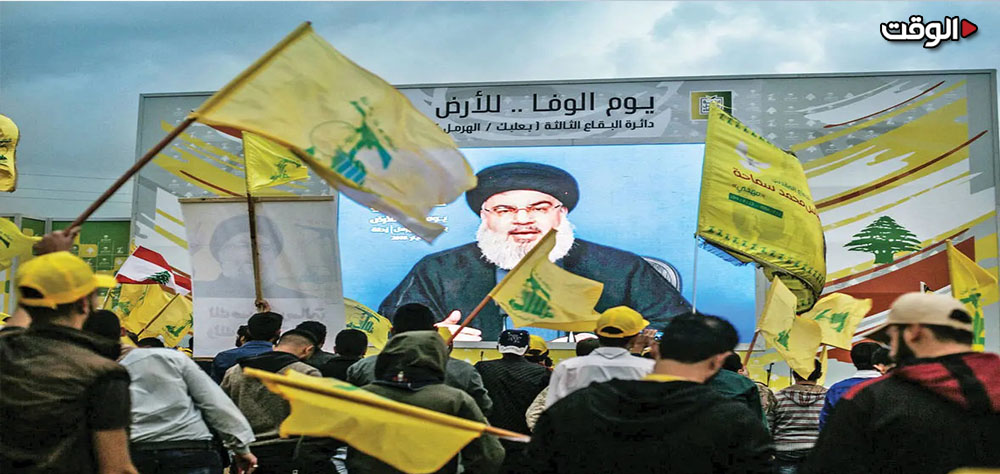Alwaght- Nearly four years after Ukraine war started, the impacts of this conflict on the European security and defense structure remain deep and unfolding. This war has motivated European review of defense policies, drawing new plans for bolstering deterrence and increasing preparation for possible threats they think Russia can pose to them. This strategic transformation is not limited to upping defense spending but includes military and logistical cooperation.
In this regard, eight NATO members of Belgium, Czech Republic, Germany, Luxembourg, the Netherlands, Poland, Slovakia, and Lithuania, have recently agreed to create a joint system, dubbed "military mobility corridors." The core aim is to ensure rapid movement of forces and equipment in case of threats for the bloc's members to respond in a collective and concerted way in the shortest possible time.
Objectives of the military corridor
This military mobility corridor pursues a clear set of objectives to effectively defend member states' interests during a crisis and to guarantee the alliance's swift, coordinated response.
According to a report from Lithuania's Ministry of Defence, these multinational corridors will span central and northeastern Europe, becoming a key component of NATO's integrated military mobility system. This system is a framework of harmonized regulations and procedures designed to ensure the rapid and seamless movement of military forces during emergencies, enabling an optimal response to threats.
As part of the plan, the existing corridor connecting the Netherlands, Germany, and Poland will be expanded. Western routes will extend through Belgium and Luxembourg, while eastern routes will be developed through Lithuania, the Czech Republic, and Slovakia. Furthermore, a common set of rules will be implemented within these corridors to streamline border crossings, control and monitor military movements, facilitate intelligence exchange, and coordinate situational awareness. The plan also includes upgrades to associated transport infrastructure and logistical networks.
These measures are designed to slash response times and boost the collective reaction capability of member states. The goal is to enable the alliance to deploy forces to sensitive locations in the shortest time possible following any potential threat.
Countering Russian threats
Having in mind that since the WWII the West has seen Russia a serious threat, the recent military moves are meant to counter their traditional rival, one that has made substantial gains on Ukraine battleground and have creeped closer to the European frontiers of NATO.
Therefore, the military corridor in Europe serves an attempt to counter possible Russian threats and boost deterrence in the face of Moscow's possible actions. The European leaders themselves admit that Russia has has superiority over the EU members states when it comes to military quantity, quality, fire power, and the capability to mobilize forces.
According to a report in Le Monde, citing studies from the French Institute of International Relations (IFRI), Russia has successfully ramped up production of cruise and ballistic missiles. This signals a continued strengthening of its military capabilities. In contrast, the report finds European defense industries have consistently failed to fully execute their own plans to boost production and enhance military capacity over the last three and a half years.
This glaring gap in production and military modernization is now pushing European nations, particularly those bordering Russia, to urgently pursue stronger collective action. These countries are scrambling to bolster their security through developing joint defense mechanisms, enhancing deterrence capabilities, and preparing rapid-reaction forces to counter any potential military move from Moscow and preserve continental stability.
The recent European push to strengthen defenses gained urgency following a wave of unidentified drones entering Polish, Belgian, and Danish airspace. These are incidents European leaders blamed on Russia. These breaches are now compelling European capitals to design new countermeasures to ensure a faster response to future threats.
Amid its war in Ukraine, Russia has signaled its readiness for any potential scenario with NATO by deploying nuclear weapons in Belarus and areas near Eastern Europe. This move demonstrates Moscow's stated willingness to use this capability to protect its territorial integrity in the event of a direct conflict.
These actions have heightened concerns in Eastern European capitals, amplifying their sense of vulnerability. The Serbian President's recent warning that Europeans are preparing for a war with Russia within the next four years and are building underground shelters to minimize casualties highlights the escalating Moscow-NATO confrontation. It underscores a stark realization among European nations of the urgent need to prepare for future threats.
Analysts suggest that fully implementing this military corridor could be a game-changer. By establishing shared logistics infrastructure and streamlined cross-border rules, it would enable the rapid deployment of troops to flashpoints and prevent critical delays. Consequently, this initiative would make Europe more deterrent against Russia and significantly boost defensive coordination among members.
At its core, the initiative recognizes a pivotal strategic understanding: Europe must be able to move its forces across the continent with speed, unhindered by bureaucratic or infrastructural roadblocks. The corridors are specifically designed to eliminate such restrictive factors including weak bridges, incompatible rail routes, and complex border regulations.
This plan is a concerted effort to transform Europe into a "mobile fortress," where a threat to one point triggers a rapid, coordinated response from the entire bloc. It marks a significant stride toward a Europe that is pursuing deeper integration and defensive sovereignty not just economically, but in the realm of security, more than ever before.
Military self-sufficiency and cutting dependence on the US
The recent European decision is closely related to the US policies within NATO and cannot be seen separate from the strategic impacts of Washington.
In recent years, the US has repeatedly pointed to its readiness to exit the bloc and had pushed the European allies for higher defense spending. This raises a worry among the Europeans who wonder how the should defend themselves should the Americans reduce their security commitment to Europe.
Driven by the constraints and shifting approaches in Washington, European powers have reached a critical conclusion: they must develop independent, coordinated mechanisms to guarantee their own security. Efforts by Germany and France to champion a distinct "European pillar" within NATO are a direct result of this strategic shift. The objective is clearly to reduce dependency on Washington's support and bolster European self-sufficiency in defense. The new military mobility corridors are a concrete manifestation of this very policy. They signal a Europe moving decisively toward greater military independence, preparing to confront future security challenges by strengthening its own foundations, thereby securing the continent's future.
Learning from Ukraine war
The recent decision by European countries reflects the lessons and gloomy experiences they learned from the Ukraine war. Though NATO-Russia confrontation started since 2014 when Moscow annexed Crimea Peninsula, the massive Russian campaign in Ukraine in February 2022 caught the Europeans by surprise, seizing from the initiative.
While NATO members have supported Kiev in various ways, from joining anti-Russian sanctions to providing military aid, their capacity for unified decision-making and fully coordinated military and economic pressure on Moscow has proven limited. This lack of synchronization and divergent approaches have even prevented sanctions from fully achieving the West's strategic objectives.
The lessons learned from Ukraine war have injected into the European officials the feeling of nerd for coordinated, collective action before a crisis erupts. Consequently, the creation of the military mobility corridor is not merely about enhancing defensive readiness and deterrence. It also stands as a tangible symbol of the push for greater military integration against the potential Russian threat. The goal is to enable a rapid, unified front against a historic adversary and to prevent the kind of strategic surprise they faced in Ukraine.
Overall, despite NATO's full alignment against Moscow and the delivery of hundreds of billions of dollars in financial and military aid to Ukrainian government, the military balance on the ground is, after four years of war, now shifting in Russia's favor. So, given the failed policies of the NATO in Ukraine, the military mobility corridors initiative by eight countries, which have less power than a whole NATO, cannot do much to ensure establishing a security shield against potential Russian threats. It also should be taken into account that, relaying on its diversified and vast nuclear arsenal, Moscow is capable of turning the European security calculus on its head in a critical moment.


